Kariba to generate more power, as dam levels rise further
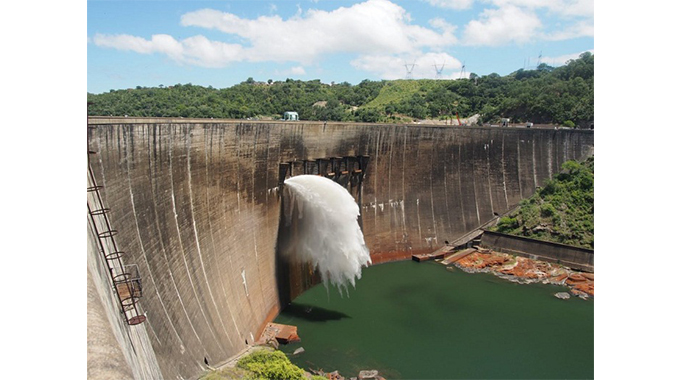
Oliver Kazunga, Senior Business Reporter
WATER levels at Kariba Dam have continued to improve steadily rising by 1,21 metres to 481,97 metres, a development that maintains Zimbabwe’s potential to generate more electricity at Kariba Hydropower Station.
Water levels at Kariba have of late been rising because of the good rains received in the 2020/2021 rain season. In the latest update, the Zambezi River Authority (ZRA) whose mandate is to oversee the operation and maintenance of Kariba Dam Complex, said the lake levels at Kariba have continued rising steadily due to increased inflows into Lake Kariba coming in from the Kariba upper and lower catchment.
“From the last update provided on 3 March 2021, the lake levels increased by a total of 1,21 metres, increasing from the level of 480,76m recorded on 3 March 2021 and with an associated live storage of 24,30 BCM, to a lake level of 481,97 metres with a live storage of 30,30 Billion Cubic Meters (BCM) recorded on 7 April 2021.
“This represents a 25 percent increase in live storage (usable water) over a period of 37 days,” said the authority.
However, ZRA said it has maintained the 30 BCM of water allocated for power generation operations at Kariba for 2021, sufficient to produce an average 800MW to be shared equally between Zimbabwe and Zambia.
This implies that Zimbabwe’s power utility, Zesa, and its Zambian counterpart, Zesco, can each vary their output, so long as they remain within the ration.
“A review of the hydrological outlook is scheduled to be undertaken by the end of the second quarter of 2021 that will inform on any adjustments to this water allocation,” it said.
At 481,97 meters, the authority said this has placed Lake Kariba level at 6,47 metres above the Minimum Operating Level (MOL) of 475,50m. This places the lake water levels at 6,53 meters below the full supply level of 488,50 meters. The boost in Kariba power generation capacity comes at a time Zimbabwe’s largest thermal power station, Hwange, is struggling to operate at full capacity due to perennial technical faults linked to obsolete equipment.
Small thermals in Bulawayo, Harare and Munyati are also crippled by ageing equipment. As of yesterday, the Zimbabwe Power Company indicated that the country was producing a total of 1 007MW with Kariba generating 768MW and Hwange 197MW against an installed capacity of 920MW.
Bulawayo Thermal Power Station, which has an installed capacity of 90MW was not producing anything while Harare and Munyati produced 25MW and 17MW respectively. Harare and Munyati have an installed capacity of 75MW and 120MW respectively. — @okazunga

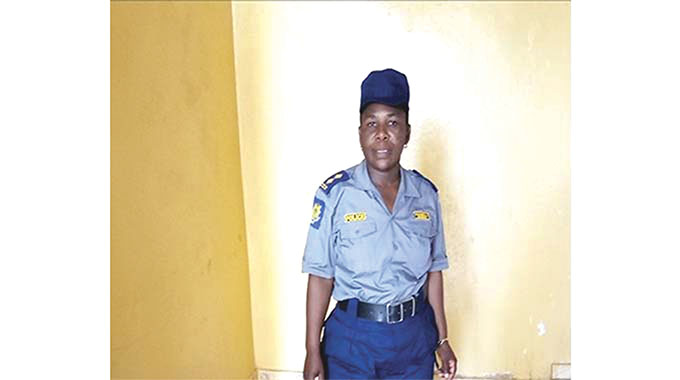
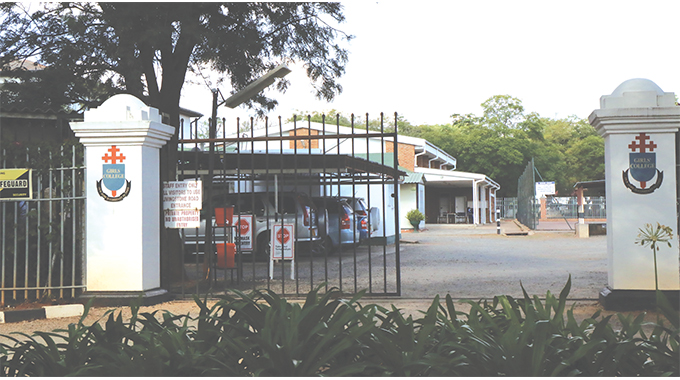
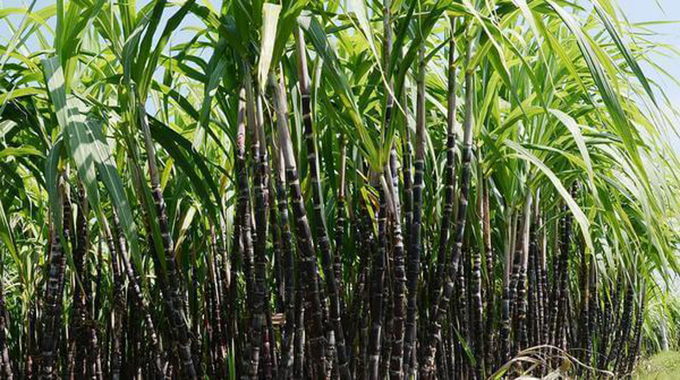
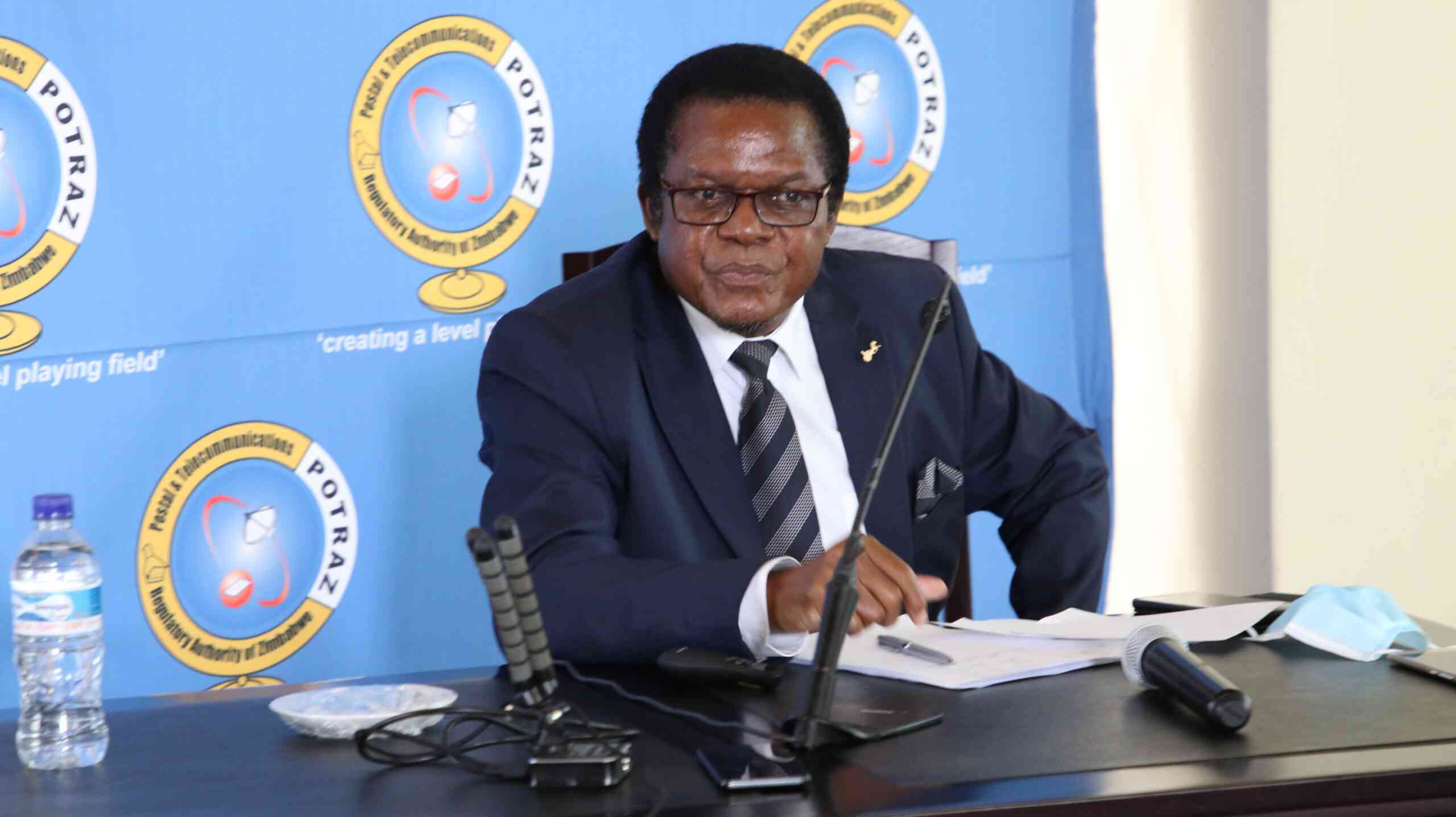







Comments